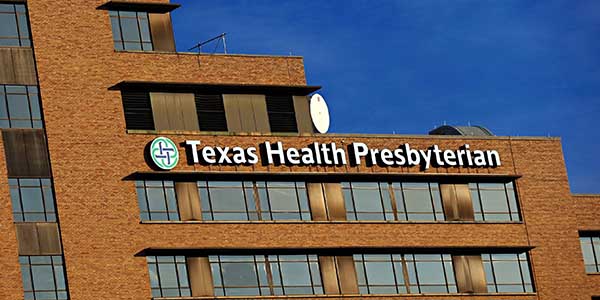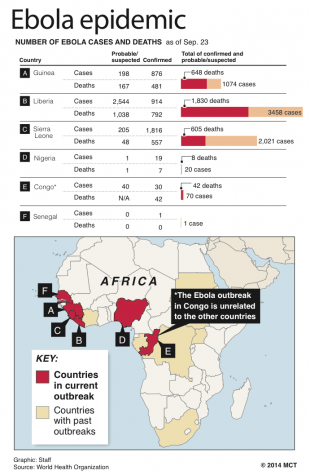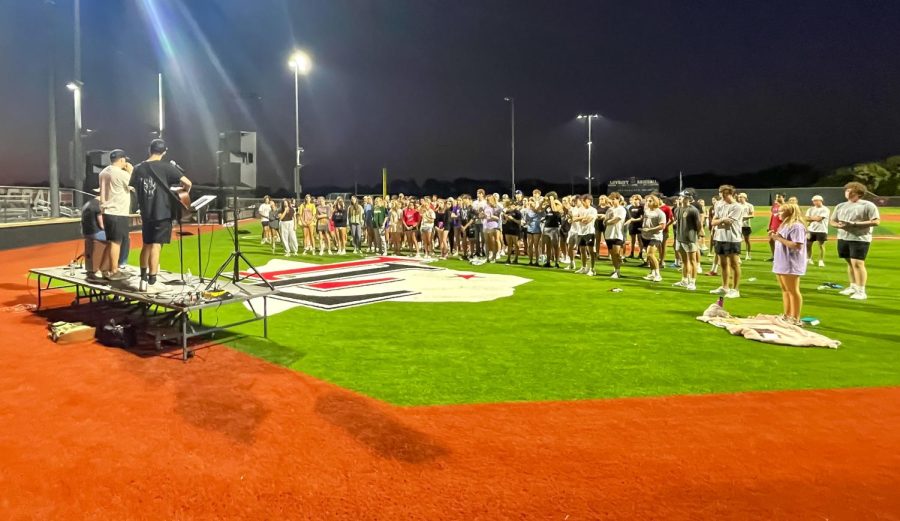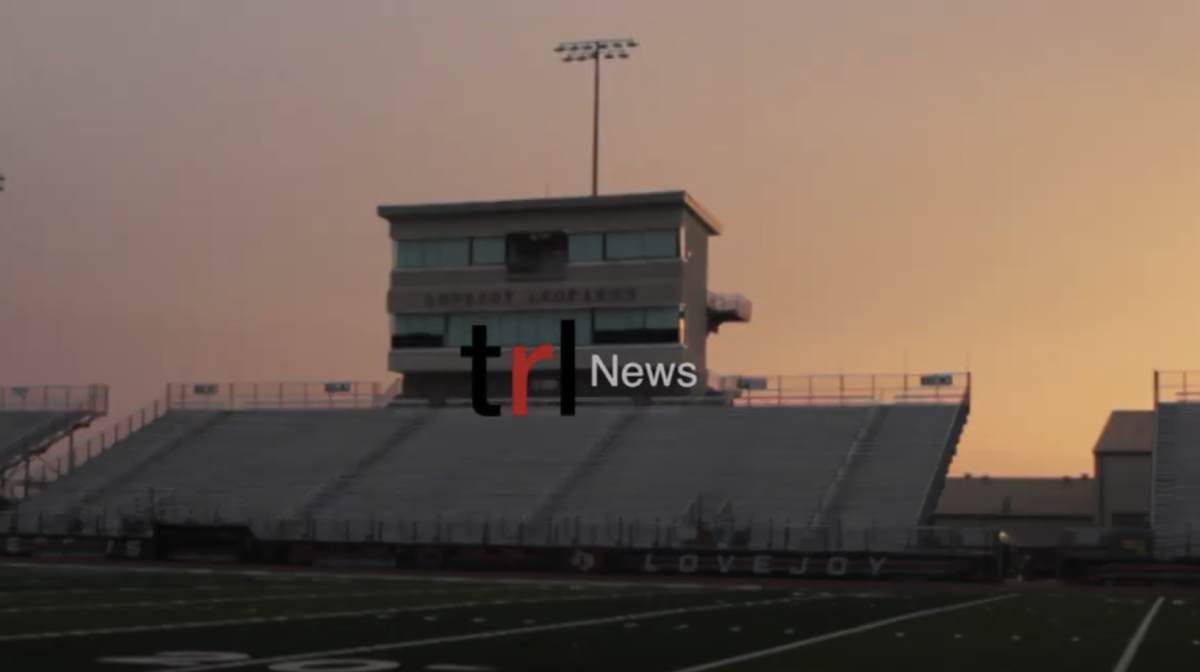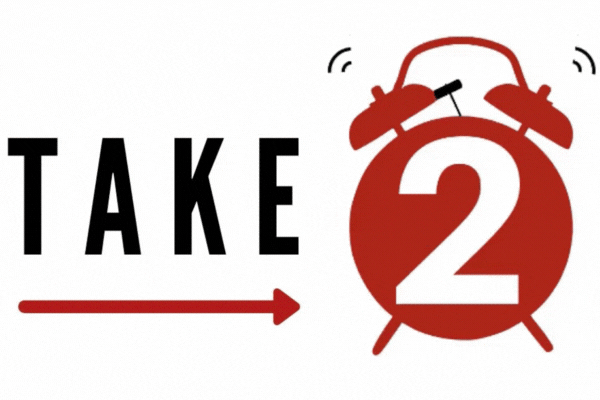The Texas Health Presbyterian Hospital of Dallas is fully prepared to care for the patient who tested positive for the Ebola virus, hospital officials said Tuesday. Dr. Mark Lester, Southeast Zone clinical leader for Texas Health Resources, said that the hospital is continuing normal operations and that patients should not be concerned.
“There is no risk to any person in the hospital,” Dr. Edward Goodman, hospital epidemiologist at the Texas Health Presbyterian Hospital said. “There is no reason to be fearful of that.”
The patient, who the city has stated moved to Dallas from Liberia, flew from West Africa on Sept. 19 and arrived Sept. 20. The man had some symptoms on Sept. 24. Early Friday morning, the patient went to the hospital emergency room on his own with nondescript, nonspecific symptoms. He was evaluated at the hospital for nondescript, nonspecific symptoms and given antibiotics, then left, Goodman said. On Sunday, he was taken to the hospital by ambulance and admitted.
Goodman said they were looking into why he left Friday and were going to monitor those emergency room doctors closely. Goodman said it does not appear the man went to any other hospitals in the area. He said there didn’t appear to be “significant” exposure to the man among others but that Ebola experts would work to identify and talk to all people who had contact with the man, including family members, friends and other medical workers.
The hospital is continuing its normal operations and is following all CDC and Texas Department of Health recommendations to protect the safety of everyone involved, he said. They are working closely with representatives from the CDC, and state, local and federal health services.
“This is not transmitted by the air, there’s no risk to a person in this hospital who is walking or is a patient. When we see the problems in West Africa you have to understand … those are primitive locations, they are war torn, they don’t have enough gloves, gowns, masks, often don’t have running water,” Goodman said. “We don’t have those problems. We’re perfectly capable of taking care of this patient with no risk to other people.”
The city of Dallas also activated its Emergency Operations Center and is on Level 2: High Readiness after the person was confirmed to have the virus at 3:32 p.m. Tuesday, according to a release. The Dallas Fire-Rescue EMS crew that transported the patient Sunday as well as the ambulance were quarantined, Mayor Mike Rawlings said. None are showing symptoms.
“We are monitoring the situation. We’ve spoken to the county, state, and CDC’s on the way. There’s a clear protocol laid out, and everyone’s making sure they are dotting every ‘i’ and crossing every ‘t’,” Rawlings said.
Rawlings said his immediate concern is for “this man and how sick he is. Our thoughts and prayers need to be with him and his family.”
“I am pleased we have such a professional healthcare environment. This can happen to any large city that’s truly international today,” he said. “I am saddened that the randomness of life has landed this in Dallas, but it’s a sign of how diverse and international we are as a city.”
The hospital has been meeting for weeks in anticipation of such an event. Goodman said they had a meeting last week with the CDC to go through a checklist to determine whether they were prepared to care for a patient with Ebola. Head-to-toe coverage for doctors treating the patient is not required, Goodman said. Doctors will be wearing two waterproof gowns, gloves, surgical masks, eye protection and shoe protection. It does not require a highly specialized unit to care for someone with Ebola, Goodman said.
But in the event that a negative pressure unit is required, the hospital has that capability. Because of privacy laws, few details about the patient were available Tuesday, including his condition. But Goodman said the man was communicating and was asking for food. High-volume fluid intake is a key to caring for the man, he said. Goodman said he is not concerned that this patient may not have access to experimental treatments that were used on other Ebola patients.
“We’re caring for this patient because this person came to us for help and they came to us sick and it’s the right thing to do,” Lester said. “This is what we trained for and are prepared to do.”
This is the first of this strain of Ebola to be confirmed in the United States, though several aid workers who contracted the disease in West Africa have returned to the U.S. for treatment. The CDC is also sending a team to Dallas with epidemiologists and other individuals who have experience treating Ebola and will identify people who may have been in contact with the man, said Dr. Tom Frieden, director of the Centers for Disease Control and Prevention at an earlier news conference Tuesday.
The experimental Ebola treatment used previously on other patients, including Dr. Kent Brantly, is currently not available, Goodman said. Brantly, a Fort Worth physician who contracted the virus in July while doing relief work in Africa, was treated in an Atlanta hospital. He was discharged in August after nearly three weeks of treatment. He and another American aid worker, Nancy Writebol, received an experimental treatment called ZMapp. It’s unknown whether the drug helped or whether they improved on their own. Goodman said that given the number of Ebola cases in West Africa, he was not surprised the disease would make its way to the U.S. Goodman said they would also be working with doctors from Nebraska and Atlanta, who recently treated three Ebola patients, including Brantly. All three, who were conducting medical work in West Africa, survived.
(Staff writer Julie Fancher contributed to this report) ___ (c)2014 The Dallas Morning News Visit The Dallas Morning News at www.dallasnews.com Distributed by MCT Information Services



